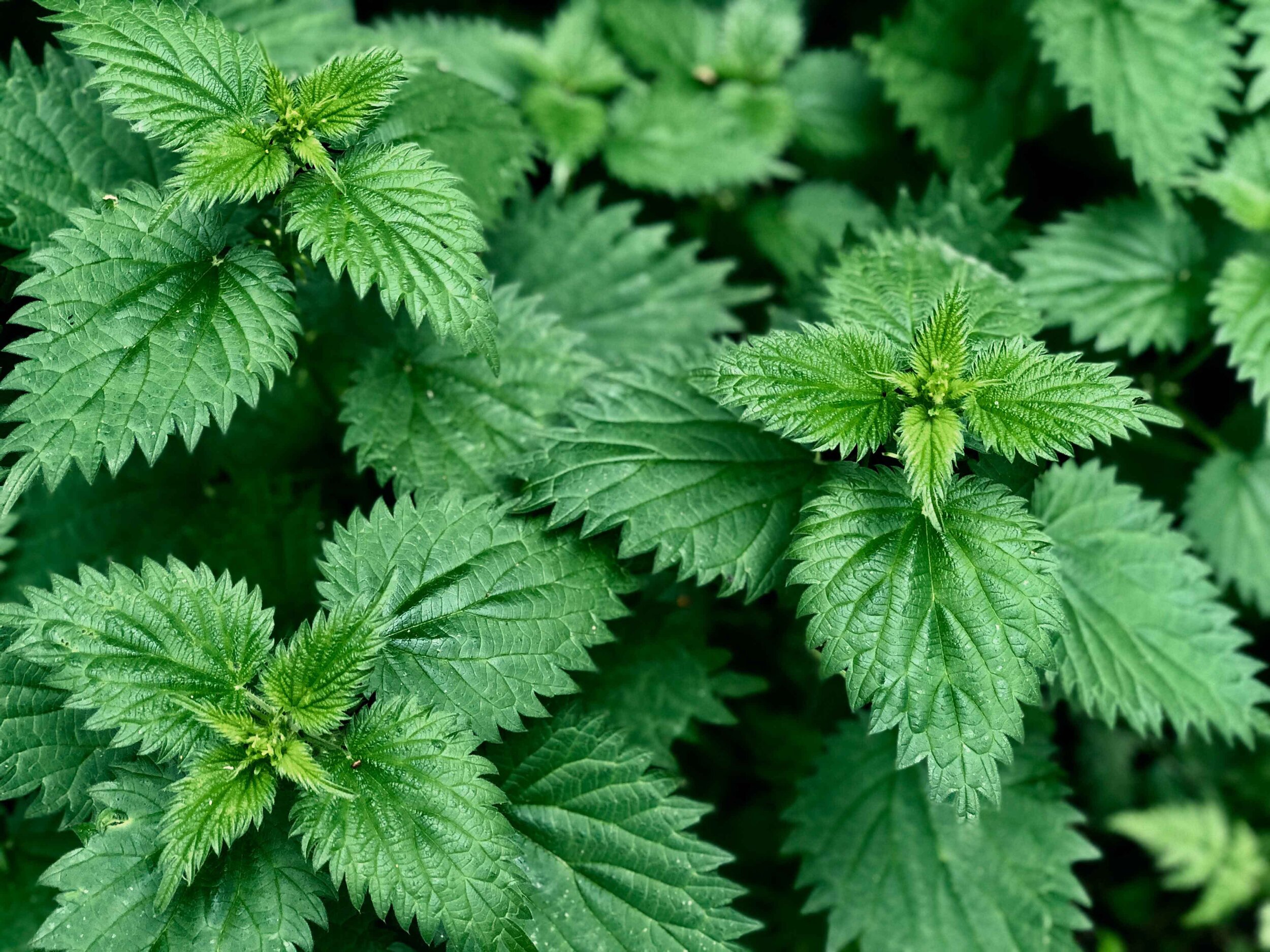10 Most common weeds and their Latin names
Uritca dioica
What defines a weed is not that they are from the same Family or Genus ( group of a family which shares similar characteristics). What really makes a weed a weed is the fact that is it growing somewhere that you don’t particularly want it to. For example what is commonly known as the Stinging Nettle, Urtica dioica, we all know as weeds because they grow in woods and shaded areas and create a horrible itching when they are in light contact with your skin. There are however, thought to be many medical benefits from drinking nettle tea such as may reduced hayfever, may reduce blood pressure and may reduce inflammation. So what we think are weeds are actually just plants that find themselves super spreading and fitting into our environments. Below is a list of the 10 most common, which their latin names and images to identify them by.
Urtica diocia- This is the Common Nettle and has been mentioned above. It likes to live in
Bellis perennis- We all know this as the little white and yellow flowers that cover lawns, Daisy.
Rumex obtusifolius- What we knew as kids as the anti dote to Urita diocia, Dock leaves
Euphorbia peplus- flat flower heads and the stems provide a milky middle, which is light senstive and can cause burns when exposed, Milkweed.
Ranunculus repens- Again bring back to our childhood and knowing if we like butter or not, Buttercups!
Achillea millefolium- These are the weed version of some plants that you will see gracing the garden centres and in flower bunches, Yarrow
Prunella vulgaris- Used for centuries for its apparent health benefits, Self-heal
Senecio vulgairs- The not to pretty and more spikey sister of the dandelion, Groundsel
Galium aparine- You have probably had many of these stuck to your clothing or back when walking through a field, they are little hitchhikers, Cleavers.
Plantago major- My favourite and I am not sure why, but Plantain



